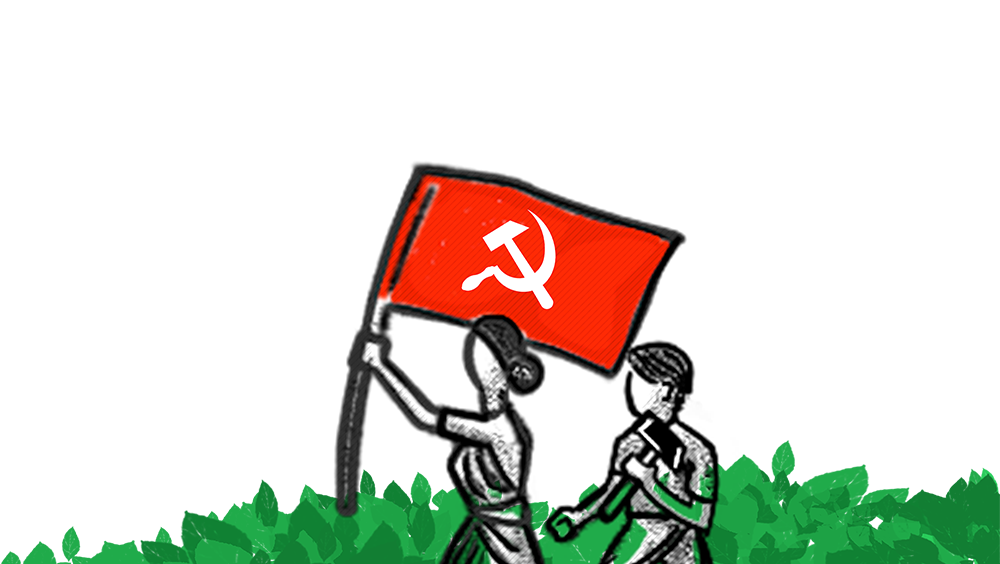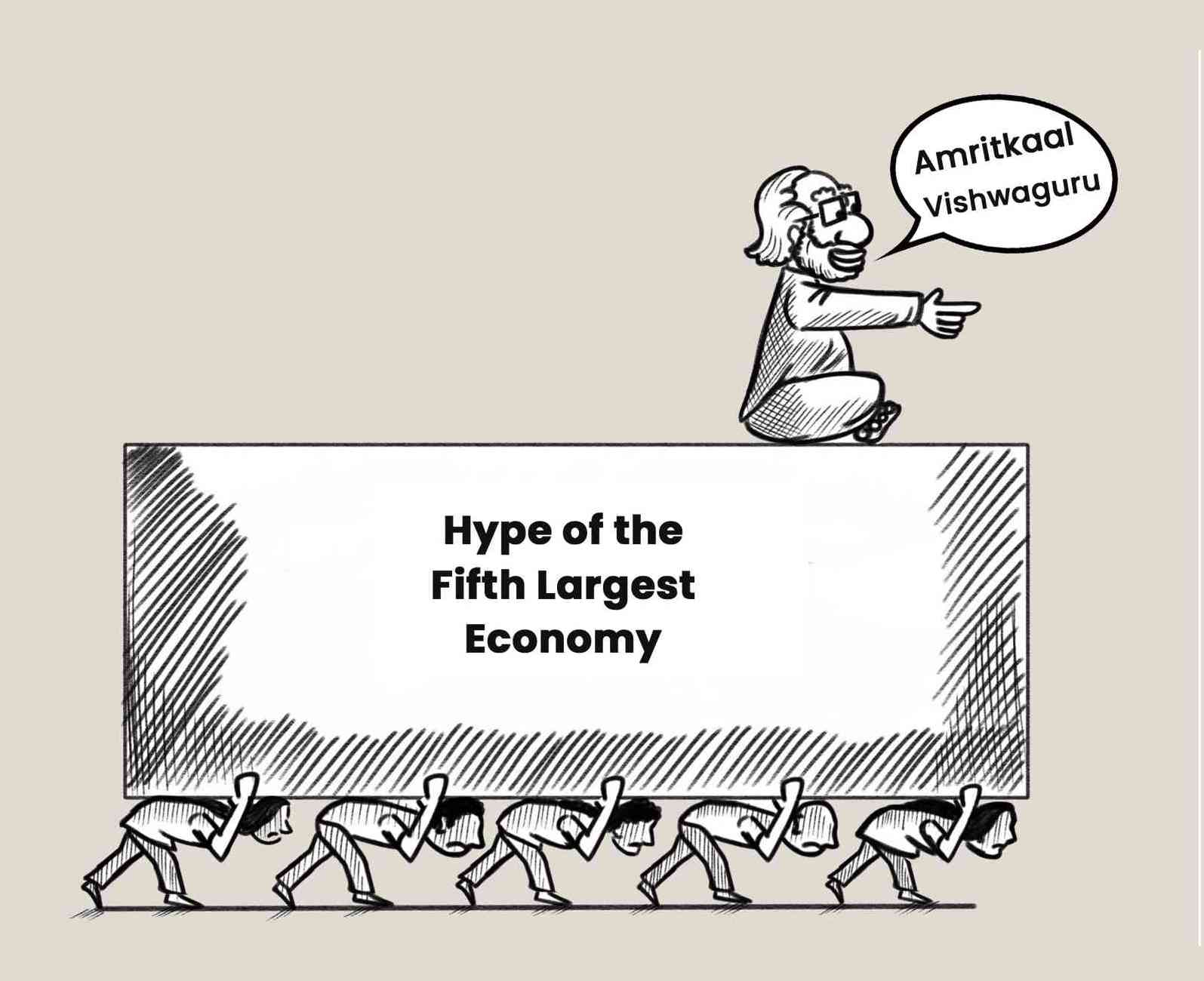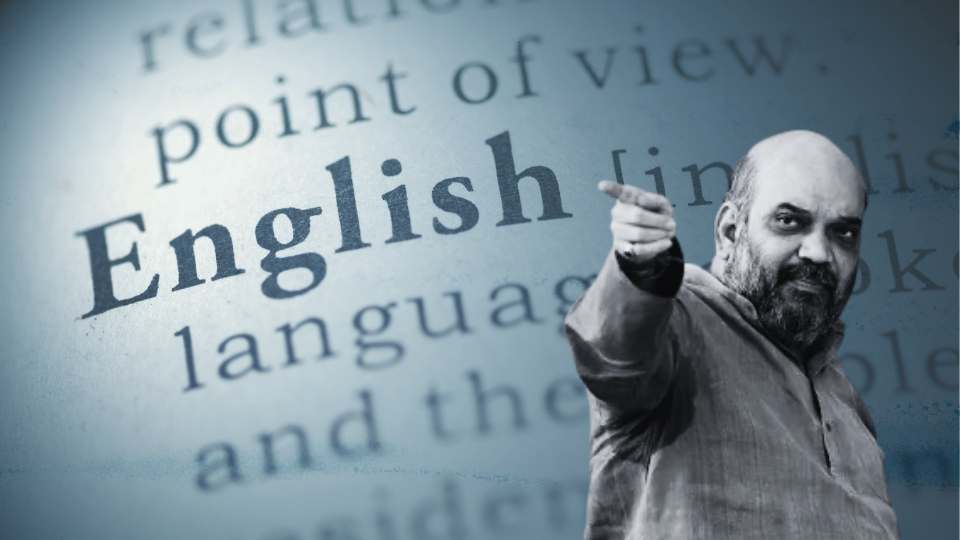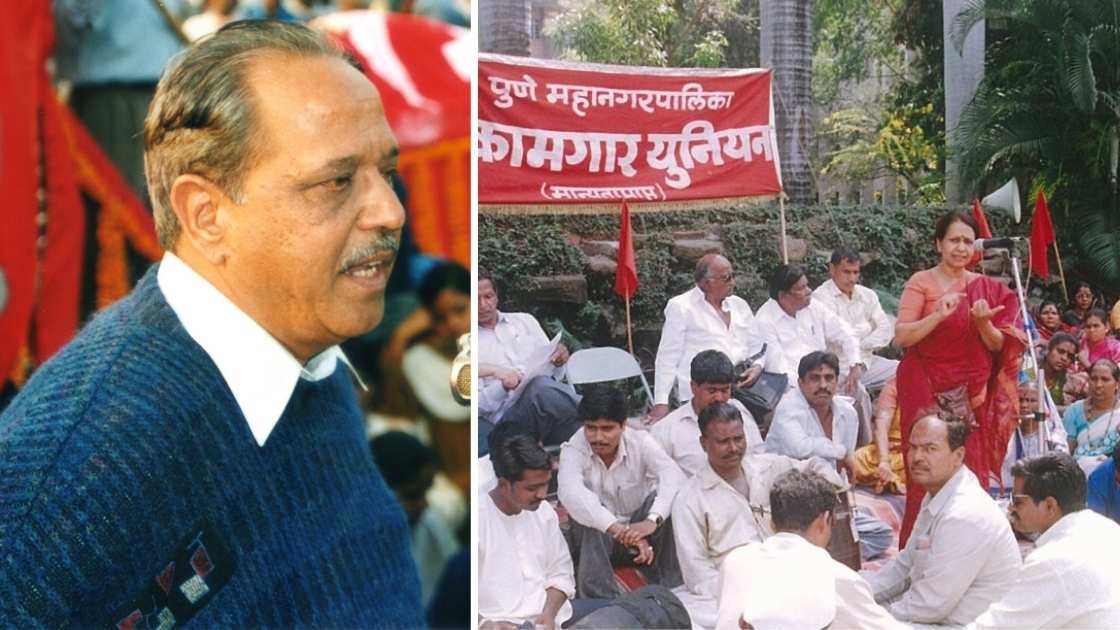But the 2019 elections were overshadowed by the Pulwama massacre and the Balakot strike and the regime was back in power with a bigger majority. The promises took a back seat and the government unleashed its sinister political agenda from abrogation of Article 370 and bifurcation of Jammu and Kashmir to amendment of the Citizenship Act in brazen violation of the constitutional principle and spirit of secular and equal citizenship regardless of religious affiliation. The interruption of the Covid19 pandemic came as a gift box of hidden opportunities and the government got busy with the construction of a new Parliament building and the formulation of a whole range of new policies and laws to erode the existing rights of all sections of India’s working people.
Come 2022 and the government shifted the goalposts to 2047. Amritkaal became the new buzzword and making India a developed country by 2047 became the new goal. The Indian economy, we are told, has become the fifth largest in the world. In terms of population India has reportedly already overtaken China to emerge as the most populous country in the world. The G20 summit, a rotational slot allotted to India in 2023, came in handy to showcase India’s self-styled ‘vishwaguru’ status alongside the creditable feat of being the first country to send a lunar mission to the southern pole of the Moon. While the G20 reality check has already deflated the ‘vishwaguru’ hype, especially in the wake of the escalating tension between India and Canada with the western world siding more with Canada in this controversy, we need to take a close look at the fifth largest economy claim.
India’s nominal GDP now stands at more than three trillion dollars and India occupies the fifth rank (behind the US, China, Japan and Germany, and ahead of the UK and France). Nominal GDP is calculated by measuring total output in terms of current prices, and hence rising prices mean rising GDP. If we compare economies by Real GDP by making price adjustments, India’s position comes down to the sixth rank. A third measure of GDP uses the PPP (purchasing power parity) model and using this valuation we would find India at the third rank behind China and the United States. This tells us that if we look at the size of the Indian economy – no matter how we measure the country’s GDP – India is among the top six countries.
The main factor which determines the size of the Indian economy is the size of the Indian population where India has reportedly already overtaken China. Millions of Indians reeling under acute poverty and lack of jobs and other resources can however draw little satisfaction from this fact that they live in the fifth largest economy of the world. A much more relevant indicator is per capita income and the moment we turn to the global ranking of India in terms of per capita income we find ourselves pushed down to the lowest levels of global ranking – 139 out of 192 in terms of per capita nominal GDP and 120 in terms of per capita GDP measured in PPP terms.
Even per capita income gives us a deceptive picture as it does not tell us anything about the extreme economic inequality in India. The post-Covid Oxfam inequality report told us that between 2020 and 2022, the number of dollar billionaires in India increased from 102 to 166 even as India accounts for the biggest contingent of the world’s poor (228.9 million). The top 5 percent of Indians own more than 60 percent of India’s wealth while the bottom half accounts for only 3 percent. The per capita average clubs them all together – in fact we will get a more accurate and representative picture if we work out an average figure after removing the top 5 percent of population and distributing the residual 40 percent wealth among 95 percent of India’s population.
A few recent studies by the Reserve Bank of India give us a shocking picture of the devastating economic impact of the Covid19 pandemic. Net financial savings of households have fallen to the lowest point in fifty years – from 7.2% of GDP in FY22 it has fallen to 5.1% in FY23. Net assets of households were valued at Rs 22.8 trillion in FY21, and dropped sharply to Rs 16.96 trillion in FY22 and further to Rs 13.76 trillion in FY23. This clearly means that most Indian households had to use up much of their savings and assets to survive through the pandemic, the prolonged lockdown and continuing economic downturn.
Equally worrying is the other side of the picture – a sharp rise in annual financial liabilities of households. In FY23, household debt stood at 37.6% of GDP. This means with stagnant, if not declining, real wages and increasing cost of living driven by high food inflation and ever rising costs of education and healthcare, Indians are having to borrow ever more to keep going. If permanent workers of India’s premier public sector unit, the Ranchi-based Heavy Engineering Corporation have not received their salaries for nearly two years, it is not difficult to imagine the economic hardship being faced by Indians without secure jobs. The claim to be the fifth largest economy and the GDP target of five trillion dollars only heap insult on the economically injured Indians.





